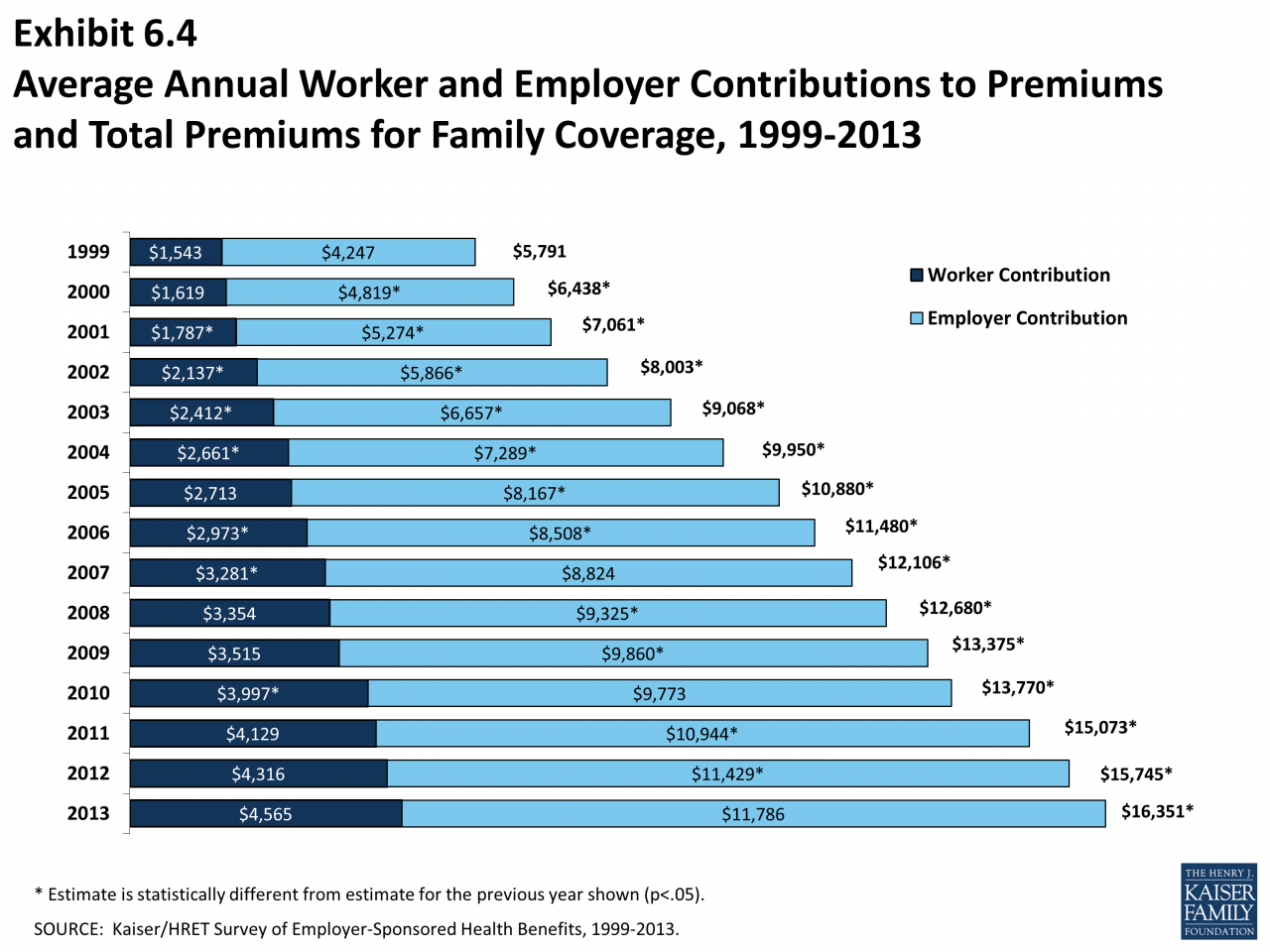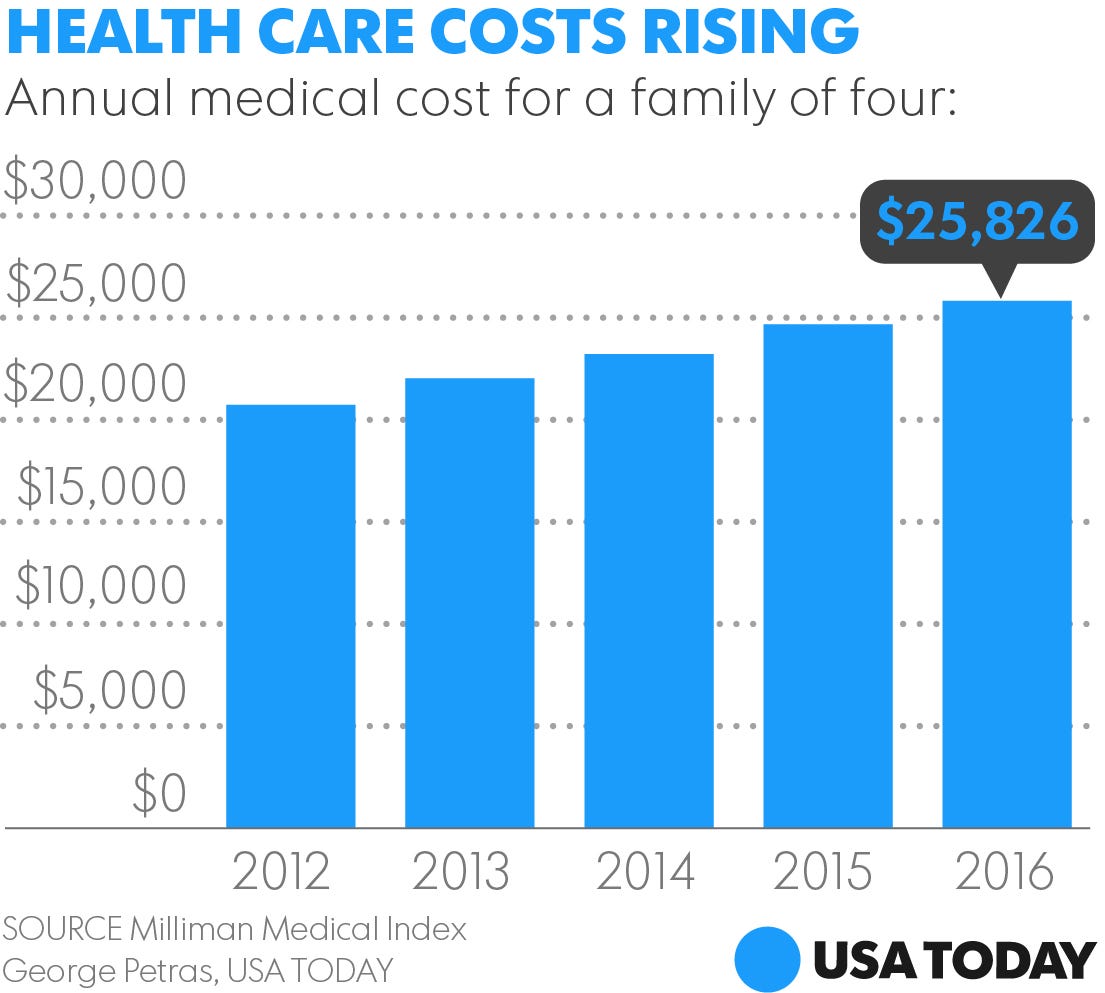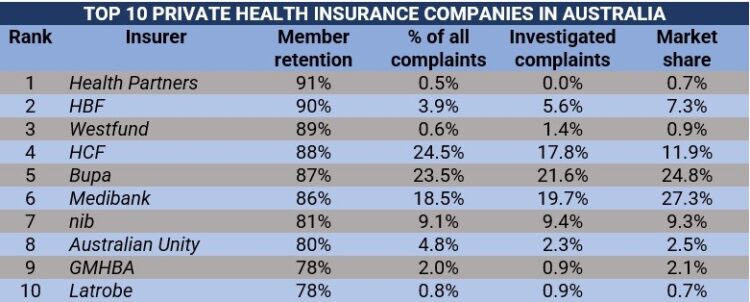
Navigating the cost of health insurance in Australia can be a complex journey. Understanding the factors that influence premiums, comparing providers, and finding ways to reduce costs are crucial steps in securing the right coverage for your individual needs. From the basics of the Australian healthcare system to tips for minimizing expenses, this guide provides a comprehensive overview of health insurance in Australia.
Australia’s healthcare system is a unique blend of public and private services. The government-funded Medicare program provides essential healthcare services, while private health insurance offers additional benefits and coverage. The cost of private health insurance varies depending on factors such as age, health status, location, and the type of coverage chosen.
Overview of Health Insurance in Australia

Australia has a universal healthcare system known as Medicare, which provides essential medical services to all Australian citizens and permanent residents. While Medicare covers a wide range of services, it does not cover everything. This is where private health insurance comes in, offering supplementary coverage for services not covered by Medicare and providing access to private hospitals and specialists.
Types of Health Insurance in Australia
Private health insurance in Australia is available in various forms, offering different levels of coverage and benefits. The type of health insurance you choose will depend on your individual needs, budget, and health status.
- Hospital cover: This type of insurance covers the costs associated with hospital stays, including surgery, accommodation, and medical care. It also covers the cost of ambulance transportation. Hospital cover is typically divided into different levels, with higher levels offering greater coverage and benefits.
- Extras cover: This type of insurance covers a range of medical expenses not covered by Medicare, including dental, optical, physiotherapy, and chiropractic care. Extras cover can be purchased separately or as part of a combined hospital and extras policy.
- Combined hospital and extras cover: This type of insurance provides coverage for both hospital and extras services. It offers the most comprehensive protection and is often the most cost-effective option for individuals with a high risk of needing hospital care or requiring regular access to extras services.
Factors Influencing Health Insurance Costs
The cost of health insurance premiums in Australia is influenced by a variety of factors, including individual characteristics, the level of cover chosen, and broader market conditions. Understanding these factors is crucial for individuals to make informed decisions about their health insurance coverage.
Age, Cost of health insurance in australia
Age is a significant factor determining health insurance premiums. As individuals age, their risk of requiring healthcare services generally increases. This increased risk is reflected in higher premiums for older policyholders. For example, a 60-year-old individual might pay significantly more for health insurance than a 30-year-old individual with the same level of cover.
Health Status
An individual’s health status can also impact their health insurance premiums. Individuals with pre-existing medical conditions may face higher premiums, as insurers assess the likelihood of them needing more extensive healthcare services. For instance, someone with a history of heart disease may pay a higher premium than someone with no known medical conditions.
Location
The location where an individual resides can also influence their health insurance premiums. Premiums can vary depending on the cost of healthcare services in different regions. For instance, health insurance premiums in major cities like Sydney or Melbourne may be higher than in regional areas, due to higher healthcare costs in those locations.
Level of Cover
The level of cover chosen by an individual significantly impacts their health insurance premiums. Individuals with higher levels of cover, including comprehensive hospital and extras cover, typically pay higher premiums than those with basic cover. For example, someone opting for a comprehensive policy covering all hospital expenses and extras benefits will pay a higher premium than someone with a basic policy covering only essential hospital services.
Government Subsidies and Rebates
The Australian government provides subsidies and rebates to help individuals with the cost of health insurance. These subsidies are based on age, income, and family circumstances. The government’s contribution to health insurance premiums can significantly reduce the overall cost for many individuals. For example, individuals with lower incomes and families with children may receive substantial subsidies that reduce their premiums.
Average Health Insurance Costs in Australia

Understanding the average cost of health insurance in Australia is crucial for individuals and families when making informed decisions about their coverage. This section will provide insights into the average premiums across different age groups and for various types of policies.
Average Premiums Across Age Groups
The average cost of health insurance premiums varies significantly depending on age. Younger individuals generally pay lower premiums than older individuals due to lower healthcare utilization rates. Here’s a breakdown of average premiums for different age groups:
| Age Group | Average Premium (AUD) |
|---|---|
| 18-29 | $1,200 – $1,800 |
| 30-39 | $1,500 – $2,200 |
| 40-49 | $2,000 – $2,800 |
| 50-59 | $2,500 – $3,500 |
| 60+ | $3,000 – $4,500 |
Average Costs of Different Health Insurance Policies
Health insurance policies are categorized based on the level of coverage they offer. The cost of a policy depends on the type of cover selected. Here’s a breakdown of average premiums for different types of policies:
| Policy Type | Average Premium (AUD) |
|---|---|
| Basic Hospital Cover | $1,000 – $1,500 |
| Hospital and Extras Cover | $2,000 – $3,000 |
| Top Hospital and Extras Cover | $3,000 – $5,000 |
Comparing Health Insurance Providers: Cost Of Health Insurance In Australia

Choosing the right health insurance provider can be a daunting task, as many options are available with varying premiums and coverage levels. This section explores the key features of major health insurance providers in Australia, helping you make an informed decision.
Comparing Premiums and Coverage
The premium you pay for health insurance depends on various factors, including your age, location, health status, and the level of cover you choose. It’s crucial to compare premiums from different providers to find the best value for your needs. Here’s a table showcasing the premiums and coverage offered by some major health insurance providers in Australia:
| Provider | Basic Hospital Cover (Annual Premium) | Comprehensive Hospital Cover (Annual Premium) | Extras Cover (Annual Premium) | Key Coverage Features |
|---|---|---|---|---|
| Medibank Private | $1,200 – $1,800 | $2,000 – $3,000 | $500 – $1,500 | Hospital, ambulance, and some extras cover |
| Bupa | $1,100 – $1,700 | $1,800 – $2,800 | $400 – $1,200 | Hospital, ambulance, and extensive extras cover |
| NIB | $1,000 – $1,600 | $1,700 – $2,700 | $300 – $1,000 | Hospital, ambulance, and limited extras cover |
| HCF | $1,050 – $1,650 | $1,750 – $2,750 | $350 – $1,100 | Hospital, ambulance, and comprehensive extras cover |
Note: These premiums are estimates and can vary depending on individual circumstances.
Customer Satisfaction Ratings and Claims Processing Efficiency
Beyond premiums and coverage, it’s essential to consider the provider’s customer satisfaction ratings and claims processing efficiency. A provider with high customer satisfaction ratings and efficient claims processing will ensure a smooth and positive experience.
- Customer Satisfaction Ratings: Independent organizations like the Australian Consumers Association (ACA) conduct surveys to assess customer satisfaction with health insurance providers. These surveys consider factors like communication, responsiveness, and overall experience.
- Claims Processing Efficiency: Look for providers with a track record of prompt and efficient claims processing. This means they should have clear and transparent procedures, and the process should be hassle-free.
Comparing Providers Based on Specific Needs
When choosing a health insurance provider, consider your individual needs and preferences. For example, if you’re a young and healthy individual, you may prioritize a provider with affordable premiums and a wide range of extras cover. Conversely, if you have pre-existing health conditions, you might prefer a provider with comprehensive hospital cover and a strong reputation for claims processing.
Tips for Reducing Health Insurance Costs
Navigating the world of health insurance in Australia can be a complex and expensive endeavor. However, with a little planning and strategic thinking, you can effectively minimize your health insurance costs and ensure you’re getting the most value for your premiums. This section explores practical tips and strategies to help you save money on your health insurance.
Choosing the Right Policy
Selecting the right health insurance policy is crucial for minimizing your costs. It’s important to consider your individual needs and health status to find a policy that provides adequate coverage without unnecessary extras.
- Assess Your Needs: Begin by evaluating your current health situation and any potential future needs. If you have pre-existing conditions, consider policies that offer specific coverage for these conditions.
- Compare Policies: Don’t settle for the first policy you come across. Take the time to compare policies from different providers using online comparison tools or contacting insurers directly. This allows you to see a side-by-side comparison of premiums, benefits, and exclusions.
- Consider Your Lifestyle: Think about your lifestyle and health habits. If you lead an active lifestyle, you might need coverage for sports injuries. If you have a family history of certain conditions, you may want to prioritize policies that offer extensive coverage in that area.
- Review Your Coverage Regularly: Your health needs can change over time. It’s essential to review your policy annually and adjust your coverage as needed. If your circumstances have changed, you may be able to switch to a more affordable plan or reduce your coverage if it’s no longer necessary.
Negotiating Lower Premiums
While it may seem daunting, negotiating lower premiums is possible. Here are some strategies you can employ:
- Shop Around: Don’t be afraid to switch providers if you find a better deal. The Australian health insurance market is competitive, and insurers are often willing to offer discounts to attract new customers.
- Bundle Your Policies: If you have other insurance policies with the same provider, such as car or home insurance, you may be eligible for discounts by bundling your policies.
- Ask for Discounts: Inquire about any available discounts, such as those for seniors, students, or members of certain organizations.
- Pay Annually: Paying your premium annually instead of monthly can often result in a discount.
Taking Advantage of Government Subsidies and Rebates
The Australian government provides subsidies and rebates to help offset the cost of private health insurance. These programs are designed to make health insurance more affordable for individuals and families.
- Medicare Levy Surcharge: If you earn above a certain income threshold and don’t have private health insurance, you may be required to pay a Medicare Levy Surcharge. This surcharge can be avoided by having private health insurance.
- Lifetime Health Cover (LHC): The LHC is a government program that provides discounts on premiums for people who take out private health insurance before they turn 31. The longer you wait, the more expensive your premiums will be.
- Private Health Insurance Rebate: The Australian government provides a rebate on private health insurance premiums, which can significantly reduce your overall costs. The rebate amount varies depending on your age and income.
Final Review
By carefully considering your individual needs and exploring the options available, you can find a health insurance policy that provides the right level of coverage at a cost that fits your budget. Remember to compare providers, leverage government subsidies, and make informed decisions to ensure you have the financial security and peace of mind that comes with comprehensive health insurance.
FAQ
How much does health insurance cost in Australia?
The cost of health insurance in Australia varies depending on factors such as age, health status, location, and the type of coverage chosen. On average, premiums can range from a few hundred dollars to several thousand dollars per year.
What are the different types of health insurance policies available in Australia?
Health insurance policies in Australia are categorized by levels of coverage, with options ranging from basic hospital cover to comprehensive policies that include extras such as dental, optical, and physiotherapy.
Can I claim back some of the cost of my health insurance?
Yes, the Australian government offers subsidies and rebates to help offset the cost of private health insurance. The amount of the subsidy or rebate depends on your age, income, and the type of policy you choose.





